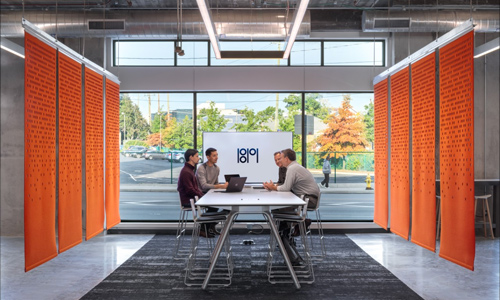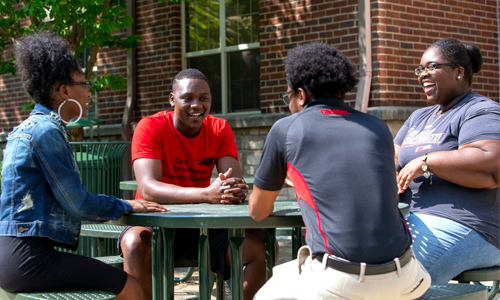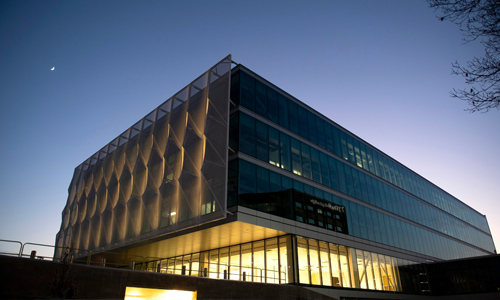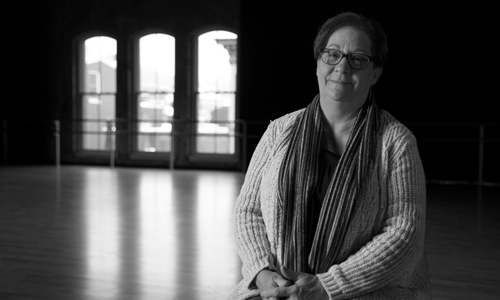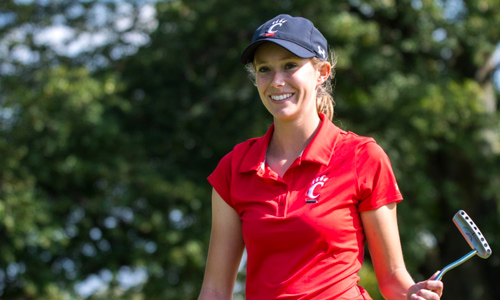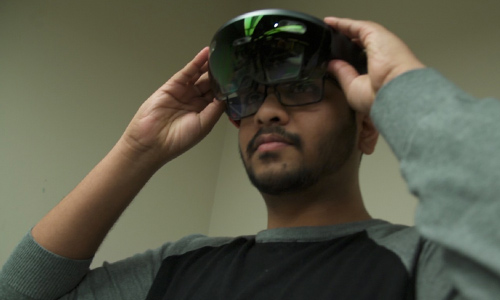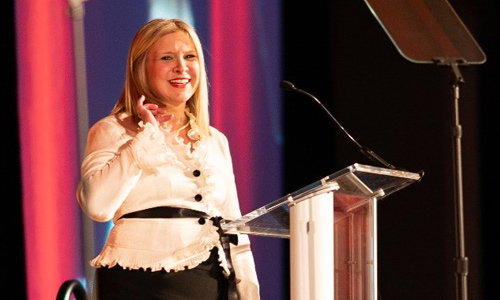As UC’s GEN-1 PROGRAM celebrates its 10th anniversary, students, alumni and staff reflect on the impact and success of the first-in-the-nation initiative
TEPPING ONTO A COLLEGE CAMPUS for the first time as a freshman is exciting and nerve-wracking for any young person.
But there’s an additional challenge for those who are first-generation college students. They don’t have the same point of reference as those whose parents attended a four-year university and already navigated campus life. They might not have any support at home. And the numbers aren’t on their side.
LaShayna Murray can relate. Since her mom had dropped out of high school, receiving her diploma was the top priority in her household. Getting her mom onboard with things like applications and financial aid was a bit of a challenge, but going to college was her dream.
“I had to take a lot of ownership of that,” Murray says. “This is what I wanted to do.”
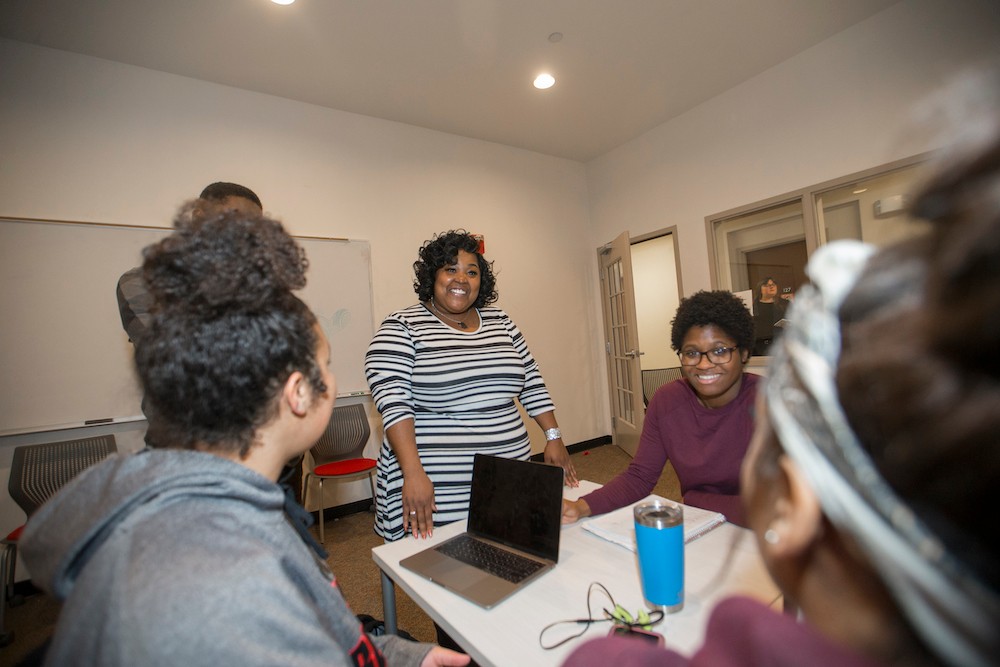
LaShayna Murray, standing, connects with current Gen-1 students. photo/Joseph Fuqua II/UC Creative Services
She persisted. Murray graduated from Taft High School, a Cincinnati public school, and was accepted to the University of Cincinnati just as a new program dedicated to first-generation students like her was launching.
Founded in response to alarming statistics — the national six-year graduation rate for first-generation, Pell-eligible students was 11 percent at the time — UC created the Gen-1 program in 2008. With a focus on successful transition to the university as well as retention and degree completion, a hallmark aspect of the program was the Gen-1 Theme House, which The New York Times has recognized as the nation’s first living-learning community to focus on first-generation college students. Murray was the program’s first student.
Fourteen others soon joined her in the house that year, living together on one floor of a building in Stratford Heights, a residential property adjacent to UC’s campus.
The rules were tough: Students couldn’t go home overnight or have visitors after curfew the entire first month. They had GPAs to maintain. But it was all meant to help keep the students focused, and they all were in it together.
Program coordinator Judy Mause served as something of a house mother, building relationships with the students and their families to keep them on track for success. Now, years after her official retirement, Gen-1 is still Mause’s passion project.
—Judy Mause
“The single most important trajectory of change in a person’s life is education, whatever that education is,” she says. “Because what you put in your head, no one can take away from you.”
In a decade, the program has grown exponentially. Once only open to first-year students, returning students can now remain in the program year after year. Housing expanded across three buildings before moving into the spacious Tower Hall, also part of Stratford Heights, this past fall. Now known as the 1MPACT House (for students that are 1st generation, Motivated, Purposeful, Academically successful, Community-oriented and Talented scholars), it’s home to 94 Gen-1 students and 60 other underrepresented, first-generation scholarship recipients from similar backgrounds.
“1MPACT House is an investment by the university that’s grounded in the success of Gen-1,” says director Suzette Combs.
The success is real and measurable. While the national six-year graduation rate for first-generation, Pell-eligible students has risen from 11 to 50 percent, the UC Gen-1 program’s rate is currently 78 percent. UC’s first-to-second-year retention rate for Gen-1 students is 92 percent — well above the national rate of 62 percent.
After switching majors from chemistry to early childhood education and welcoming a baby boy at the end of her junior year, Murray graduated in December 2015. Coming fullcircle, she recently accepted a job working for Cincinnati Public Schools. She still keeps in touch with most of the others from her Gen-1 class, many of whom she considers like brothers and sisters. “My favorite moment at UC was actually right when I walked in to get in line for graduation,” she says. “The first person that was there looking for me was [program coordinator] Judy.”
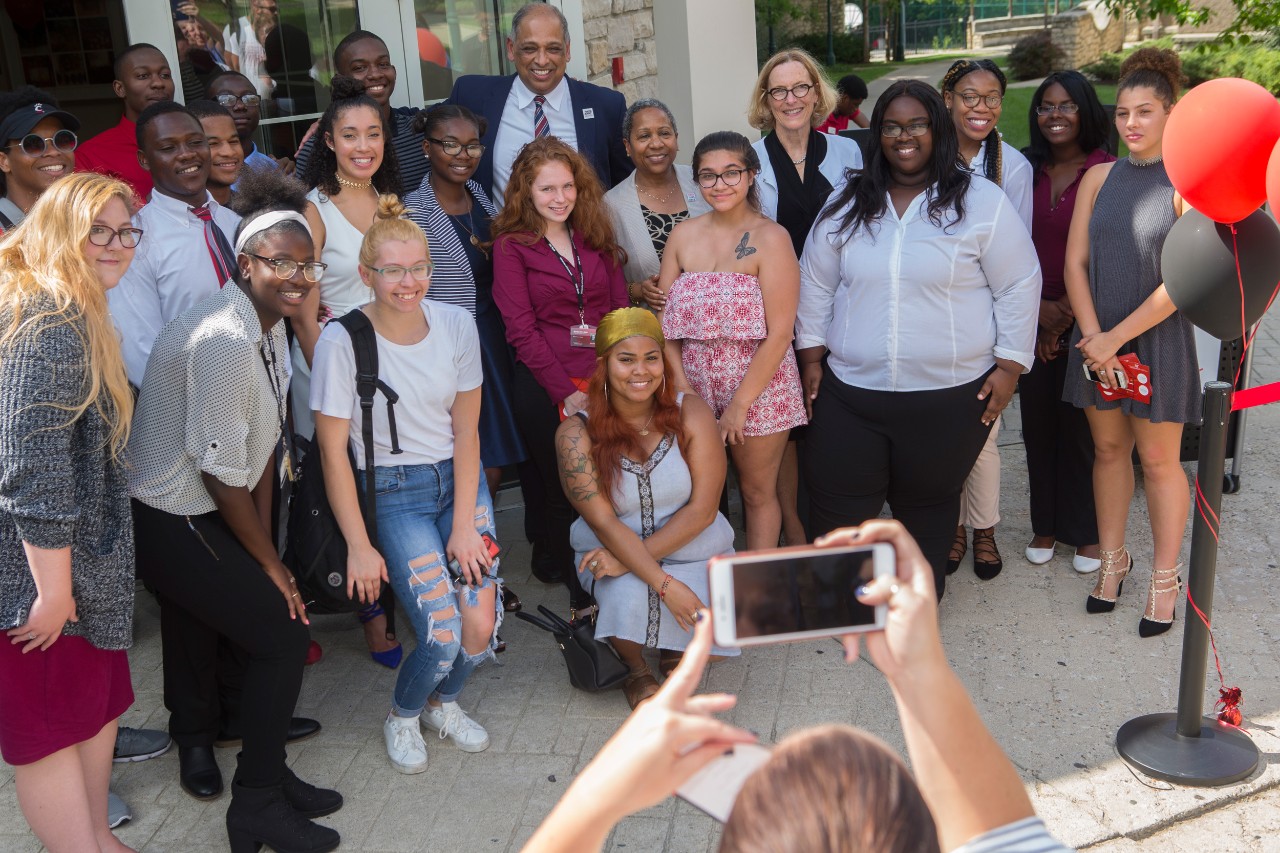
A group of Gen-1 students pose with UC President Neville Pinto, Student Affairs Vice President Deborah Merchant and Provost Kristi Nelson during the opening of the 1MPACT House at UC in 2018.
“Just walking across the stage and hearing them say, ‘LaShayna Murray,’” she recalls. “I finally did it. I made it. Every sleepless night, every tear I cried, every homework assignment I didn’t want to do. It was just so amazing. It took me seven years to do it, but I did it, and I never gave up.”
“Even with having a child during that time, I still was able to push through and look to my child for motivation. Once I stopped the cycle, I knew that my son could no longer be first-generation, because I did it first.”
This idea is echoed by current students, too, Combs says. She remembers witnessing the moment two Gen-1 students realized they’d changed their family trees: “Our children won’t be first-generation,” they said. “We have changed that now. Forever.”
During a recent tour of UC’s 1MPACT House — which features 154 beds, two tutoring rooms, lots of social and study spaces and a restaurant-caliber kitchen — coordinator Mause and graduate Murray reunited and caught up with director Combs and some current Gen-1 students that make up the more than 300 who have participated in the program since 2008.
One such student, Xiyanna Kellogg, is a first-year electronic media major. Because her grandmother works at the university and because she was part of UC’s CPS Ambassadors program, she says she was destined to go here. Still, it has been a major shift learning all the responsibilities of her program as well as prepping for finals and completing projects.
— LaShayna Murray
“It’s been exciting, but it’s also been overwhelming and I feel as if Gen-1 has helped me in that process.”
Kellogg’s looking forward to studying abroad for three months this summer. “Everybody asks, ‘It’s your first year; are you sure you want to go to Germany?’ Yes, I do. And it’s all because of Gen-1.”
Entering a lounge where students are studying for finals, Mause recognizes a familiar face.
“Tell her what you’re doing next Saturday,” Combs says to student Jamar Beckham.
“Graduating,” he responds with a smile.
“Yes!” Mause exclaims, high-fiving Beckham. “I’m so proud of you.”
They make their way to the kitchen, where students can take cooking classes and prepare their own meals. Current student Kellogg discusses baking desserts with UC First Lady Jennifer Pinto before their Thanksgiving celebration.
“The kitchen was our favorite place, too,” graduate Murray says. She recalls getting to know her housemates over shared meals and falling in love with Ghanaian food thanks to a student from Africa.
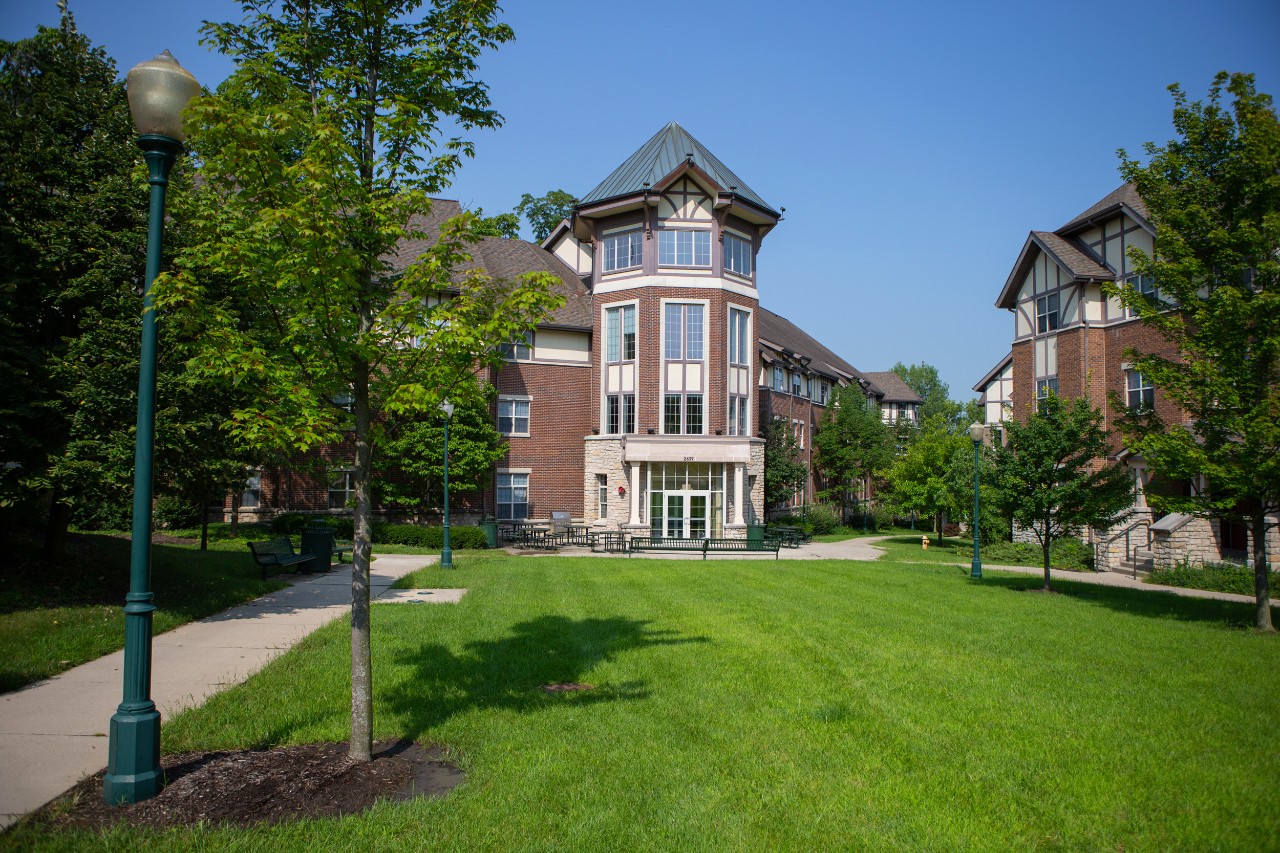
The Gen-1 1MPACT House is in Stratford Heights, just across Clifton Avenue from UC's academic campus.
As the group swaps stories of cooking, culture and camaraderie, it’s clear that the kitchen really is the heart of the home. As Mause explains, it’s a safe space that’s accessible to everyone.
And, if you think about it, people need food to survive, but making and enjoying a meal and having the means to do so is what makes it so joyful. It’s a fitting symbol of college life — to get admitted or earn a scholarship is one thing, but students need support, tools and the space to be successful. That’s what Gen-1 provides for students.
As their 1MPACT House visit comes to a close, Mause begins to tell a story.
She explains that she was raised by her grandmother, who was a wonderful cook and an even better baker. Mause always looked forward to her sweet treats after dinner. “When there was dessert, as my brother and I were clearing the table, my grandmother would always say, ‘Children, save your fork,’ and in our household that meant something delicious is coming. So at the end of the school year, I always bring this story up and tell the students to save their fork, because the best is yet to come.”
LIVING-LEARNING COMMUNITIES
Gen-1 introduced the living-learning community model to UC, where students are intentionally housed based on common interests, majors or other factors. In 2018, three new communities emerged, focused on engineering, leadership and social justice. Three more are in the works for fall 2019 and two additional for 2020. With 83 percent of first-year students living in UC housing and a growing number of returning students choosing to stay on campus, living-learning communities offer even more specialized options.
FEATURE STORIES
Home to a new hub that fast-tracks marketplace breakthrough ideas and stokes creativity in teaching and basic research, the University of Cincinnati is proving that innovation is a mindset, not a major
As UC’s Gen-1 program celebrates its 10th anniversary, students, alumni and staff reflect on the impact and success of the first-of-its-kind initiative
The new UC Gardner Neuroscience Institute building is sensitive to the needs of patients who helped inform its design.
The world premiere opera “Blind Injustice” will explore the true stories of six people who were tried, convicted and imprisoned, but then ultimately freed by UC’s Ohio Innocence Project
